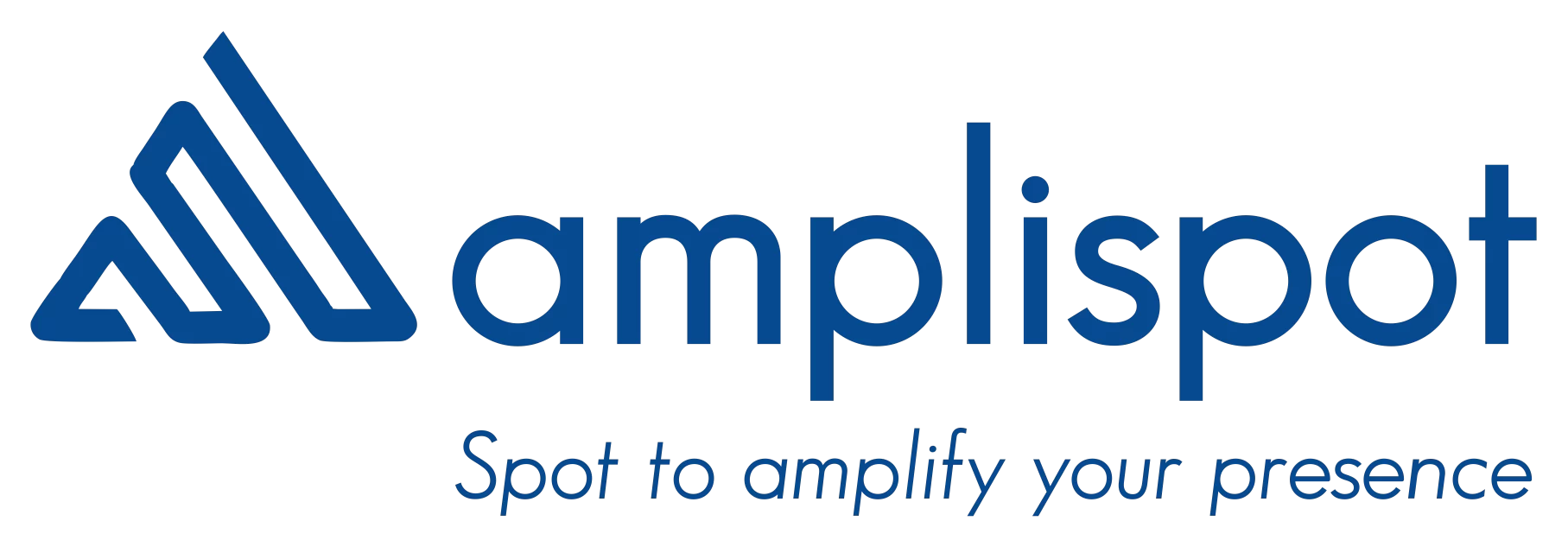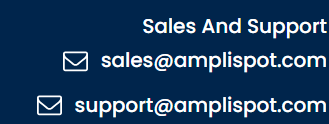In the world of sales, time is always of the essence. Every call, every email, and every engagement counts. But what if we told you that the key to tripling your meeting rates might not be about making the first call, but about sending the right email first? Research published by Harvard Business Review in 2025 unveiled the "48-Hour Rule" — a simple yet powerful shift in how sales teams approach outreach that can increase meeting rates by up to three times.
In this blog, we’ll break down this new approach, why the 24-48 hour window is the "memory sweet spot," and how you can implement it in your own outreach strategy to generate better results, faster. We’ll dive into a sample outreach cadence, strategies for creating that perfect opener in your live calls, and how to measure the impact of this approach against traditional dial-first outreach.
The Psychology Behind the 48-Hour Rule
Why is it that email-first outreach works so well in the 24-48 hour window? The answer lies in cognitive psychology. When you send an email before picking up the phone, you are giving the recipient time to process your message, absorb it, and store it in their memory. This is the “memory sweet spot” — a critical window where your message lingers just long enough to be top of mind when you follow up with that live call.
This concept is rooted in primacy and recency effects. The primacy effect refers to the tendency of people to remember information presented first, while the recency effect refers to the tendency to remember the most recent information. In an email-first sequence, you're creating both primacy (the email is the first thing they see) and recency (they’re thinking about your email just before your call).
By calling within 24 to 48 hours of sending that initial email, you tap into the sweet spot of recency. It ensures that your message hasn’t faded from their memory, but isn’t old enough to be overlooked. It’s the perfect balance of time for the prospect to engage with your content, and for you to follow up at a moment when they are still fresh and receptive.
Crafting the Perfect 5-Touch Cadence: E-E-L-C-VM
To implement the 48-Hour Rule effectively, you need a cadence that guides your outreach systematically. One powerful method that aligns with the 2025 research findings is the E-E-L-C-VM cadence, which stands for:
- E - Email (First Touch)
- E - Email (Second Touch)
- L - Live Call
- C - Call Back (Voicemail)
- V - Voicemail (Final Attempt)
Here’s how each step plays a vital role in maximizing your outreach:
1. Email (First Touch) – The Warm-Up
Your journey begins with an email that piques the recipient’s curiosity and positions you as a valuable resource. Avoid being overly aggressive — the goal is to introduce yourself and provide just enough value to make them want to engage. Make sure your email feels personalized, not generic. Reference their specific needs, challenges, or interests, and give them a compelling reason to want to learn more.
Example:
"Hi [First Name],
I noticed your company is expanding into new markets, and I wanted to share some strategies that could help you streamline your sales process. We've helped similar companies increase their deal conversion rates by 30% in under six months. Would you be open to a 10-minute chat to see if these could work for you?"
2. Email (Second Touch) – The Reminder
Your second email should serve as a reminder of the value you shared in the first one while gently nudging the prospect towards action. It’s your chance to reinforce your message and make it clear that the offer still stands.
Example:
"Hi [First Name],
I wanted to follow up on the email I sent last week regarding strategies that could help your team scale quickly. We've helped other companies achieve impressive results in just a few months. If you're interested, I’d love to share some insights with you. How about a quick call on [specific date/time]?"
3. Live Call (Third Touch) – The Phone Call
The key to making this call work is to reference the earlier emails. By this time, the recipient has received your messages, and your name is likely fresh in their mind. The live call should not be a cold outreach but a friendly follow-up that references the value you’ve already shared. This softens the ask and makes the call less transactional.
Example Opener:
"Hi [First Name], this is [Your Name] from [Your Company]. I sent a couple of emails last week regarding strategies for [specific challenge]. I wanted to quickly check in and see if you had any thoughts or if it would make sense to explore some of these ideas on a short call."
4. Call Back (Voicemail) – The Gentle Reminder
If the call goes unanswered, leave a voicemail that briefly reiterates your message. Keep it short and polite, giving the prospect an easy next step to engage. Always leave your phone number and suggest a few time slots for them to reach out to you.
Example:
"Hi [First Name], this is [Your Name] from [Your Company]. I wanted to follow up on my previous emails and my call. I know you’re busy, but I think a quick chat could really benefit your team. Feel free to reach me at [Your Phone Number], or you can reply to my email to find a convenient time."
5. Voicemail (Final Attempt) – The Last Nudge
Your final voicemail should acknowledge that this is your last attempt, but still leave the door open for future communication. This is your chance to reinforce the value they’ll get if they engage and to let them know you're available for a conversation whenever they're ready.
Example:
"Hi [First Name], this is [Your Name]. I’m following up one last time regarding the strategies I mentioned in my previous messages. I understand if now isn’t the best time, but I’d love to connect when it is. Feel free to reach out anytime. Thanks!"
Live Call Opener: Referencing Last Email
The most critical part of a successful call within the 48-hour window is your opener. It’s important to immediately reference the email(s) you’ve sent to create continuity and remind them of the context of your call. This minimizes the awkwardness of a cold call and shows that you’re not just another sales rep pushing a product, but someone who’s genuinely trying to solve a problem for them.
Here are a few tips for a killer live call opener:
- Be Direct: Don’t waste time beating around the bush. Be clear about why you’re calling and what you hope to achieve.
- Add Value Early: Instead of a generic greeting, dive straight into the value you’re offering. Give them a compelling reason to stay on the line.
- Use Data or Insights: If you have any relevant data points or case studies, mention them early on. It builds credibility right away.
Measuring Uplift vs. Dial-First Control Group
The beauty of the email-first, call-later strategy is that it’s measurable. The key metric to track here is the uplift in meeting rates compared to traditional dial-first outreach. This is the comparison between a group of prospects who were contacted through email first and those who were cold-called right off the bat.
Here’s how you can measure the impact:
- Track Engagement Rates: How many of your emails get opened? How many recipients engage with the content? This gives you an initial sense of whether your emails are hitting the mark.
- Monitor Call Connection Rates: Compare the number of calls that result in live conversations. Are your calls more successful when you’ve already sent an email?
- Measure Meeting Rates: Ultimately, the goal is to get meetings. Track how many prospects you’re able to schedule meetings with when following the 48-hour rule compared to dial-first tactics.
The 48-hour rule, as suggested by Harvard Business Review’s 2025 study, is more than just a trend; it’s a game-changing strategy that can help you significantly improve your outreach success. By giving your prospects time to digest your message before following up with a call, you increase the likelihood of engaging them in a meaningful conversation and ultimately securing a meeting.
With a structured 5-touch cadence and a focus on referencing past emails during live calls, this strategy not only strengthens your outreach but also builds a strong foundation for long-term relationships with your prospects. As B2B sales leaders and email marketing heads, this is an opportunity to stay ahead of the curve and transform the way you approach sales outreach for the better. Embrace the 48-hour rule, track the impact, and watch your meeting rates soar.


































